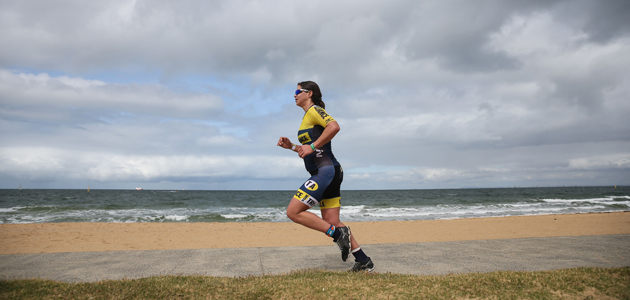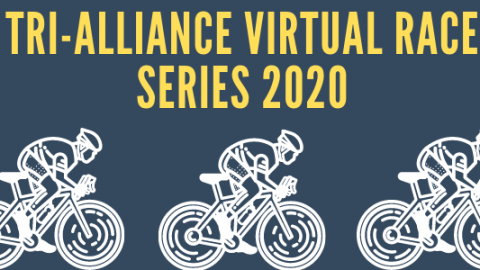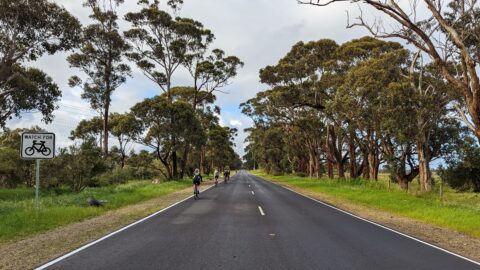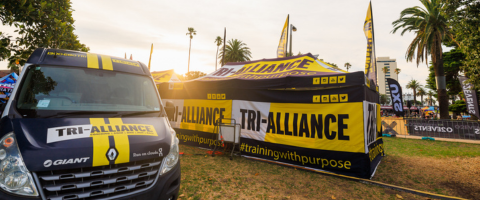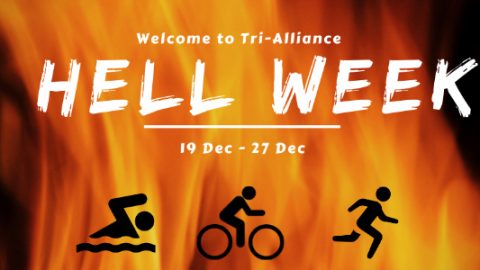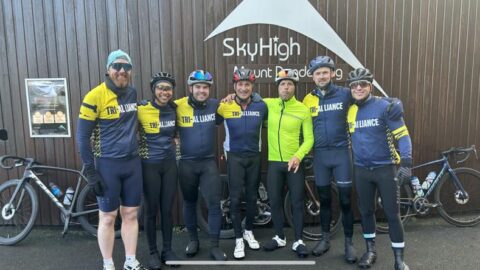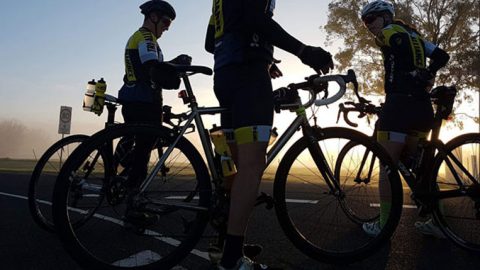Spring is upon us, and with it comes a shift in focus—welcome to the Speed Training phase! With just under three months before the Melbourne triathlon season kicks into gear, this phase is designed to sharpen your performance by combining the vital elements of strength, endurance, and speed. Whether you’re a seasoned competitor or just getting started, September is the perfect time to push your training and fine-tune your fitness.
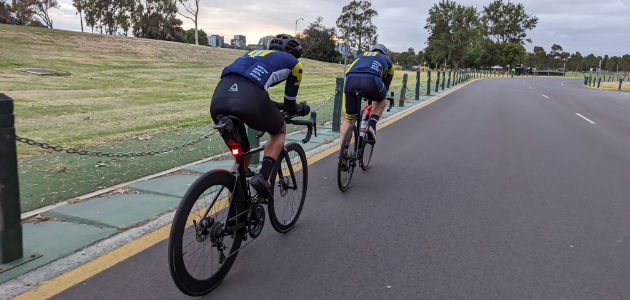
Why This Phase Matters for Every Athlete
Up until now, our training has been focused on building a solid foundation – endurance, technique, and strength. But now, it’s time to take that groundwork and add in the critical element of speed. This phase marks a shift toward specificity, where each athlete can hone in on the particular demands of their chosen race distance.
- Short Course Athletes (Sprint & Olympic Distance): Your main focus will be threshold training. This means pushing your body into higher intensity efforts that simulate race conditions, teaching it to sustain speed over time. The goal is to be able to hold a faster pace for longer, which is essential for short-distance races where every second counts. Threshold training can be tough, but it’s where real speed gains are made. Prepare to step out of your comfort zone!
- Long Course Athletes (Half and Full Ironman): For you, endurance remains a priority, but this phase also incorporates threshold work. Speed matters even over longer distances, and training at or near your threshold will help you hold a strong pace through the final stages of your race. You’ll continue to build endurance, but now with the added challenge of maintaining efficiency at a higher intensity. This combination of endurance and speed will be crucial on race day when you need to dig deep.
- Beginner Athletes: If you’re new to triathlon or returning after some time off, this phase is about setting a strong foundation for your season. You’ll focus on improving your base fitness while refining key triathlon-specific skills like transitions, swim technique, and bike handling. Though speed is not yet your main goal, you’ll benefit from the collective emphasis on strength and endurance that the whole squad is focusing on. This is a great time to sharpen your overall technique and efficiency, which will give you a strong start into the sport.
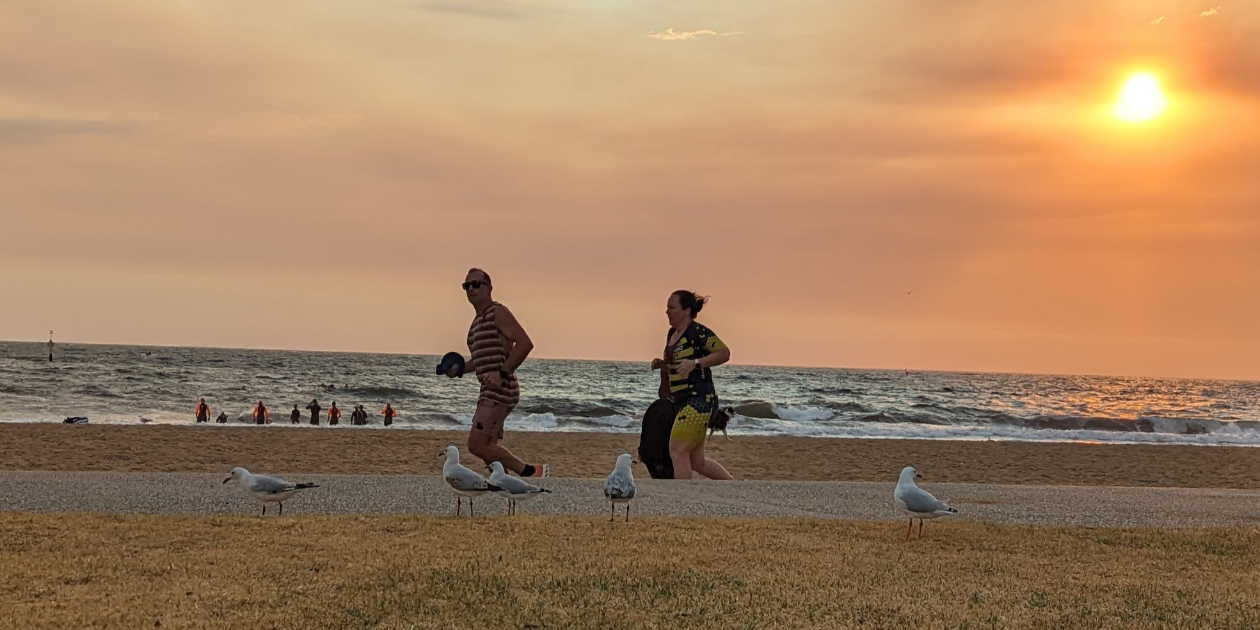
Key Focus Areas for September
This phase brings together multiple training elements, each critical to race-day success. Here’s what every triathlete should be focusing on during September:
- Strength Development: Continue building the strength you developed in the previous phases. Stronger muscles mean more power output during both short bursts and sustained efforts. It also helps with injury prevention as we increase the intensity. Don’t let strength take a backseat just because we’re adding speed. Keep working on those functional exercises to build muscle endurance.
- Endurance Maintenance: Don’t lose sight of the endurance gains you’ve built over the winter. Long-course athletes, in particular, should continue focusing on maintaining aerobic fitness while layering in some speed work. For short-course athletes, endurance remains essential even as you ramp up the intensity—being able to hold a fast pace at the end of a race comes from a strong aerobic base.
- Speed & Threshold Training: This is the highlight of the phase. Speed work isn’t just about running, swimming, or cycling faster. It’s about developing the ability to sustain faster paces for longer durations. The trick is balancing intensity with recovery to avoid burnout. This is where your training sessions will really start to resemble race conditions, so push yourself while being mindful of your form. Shorter intervals, tempo runs, and threshold sets will challenge you to hit those higher speeds while staying efficient.
- Technique Reinforcement: Now that you’re ramping up the speed, technique becomes even more important. Speed training can quickly fall apart if your form deteriorates under pressure. Whether it’s refining your swim stroke, maintaining good posture on the bike, or focusing on an efficient run stride, every detail matters. This phase is where technique meets speed, and focusing on both will prevent unnecessary energy wastage and help you perform at your peak.
- Injury Prevention: As the intensity increases, so does the risk of injury. Continue to prioritise proper recovery—foam rolling, stretching, and adequate rest. Speed work can be hard on your muscles and joints, especially as you transition from the winter base phase. Listen to your body and give it what it needs to stay strong and injury-free.
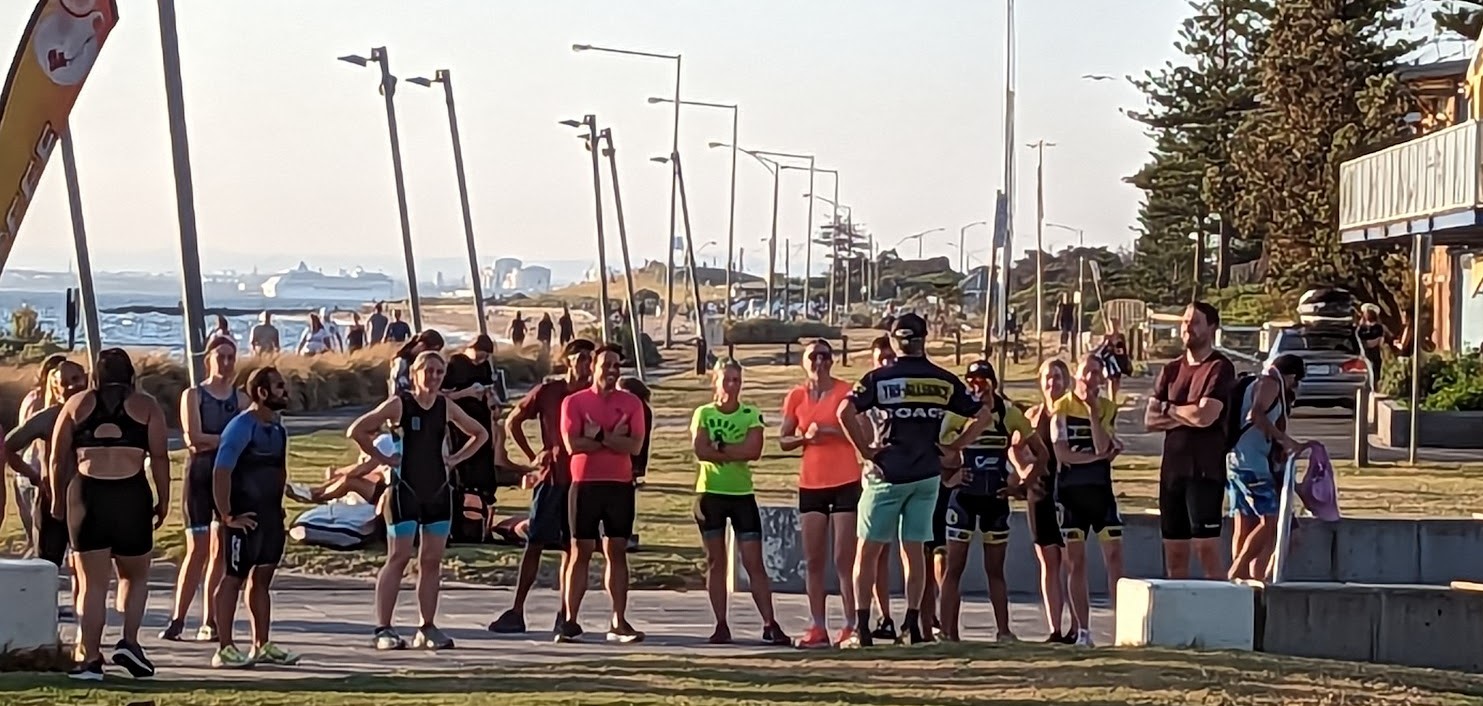
Setting Yourself Up for Success
This is a pivotal month. The work you do now, blending strength, endurance, and speed, will determine how well-prepared you are for race season. Each session is an opportunity to sharpen your skills and fine-tune your performance. Here are a few tips to make the most of this phase:
- Consistency is Key: Stick to your training program. The progression from endurance to speed is carefully designed to maximise your fitness. Skipping sessions could set you back in this crucial period.
- Fuel Smart: As the intensity ramps up, proper nutrition becomes even more important. Make sure you’re fuelling your body with the right balance of carbohydrates, protein, and fats to sustain your energy levels and aid recovery.
- Track Your Progress: Use the upcoming Time Trials and training benchmarks to see how you’re progressing. By monitoring your efforts, you can adjust your training where needed and feel confident heading into race season.
Ready for the Speed Phase?
This is where the magic happens. Where all the hard work from winter training transitions into race-specific gains. By combining strength, endurance, and speed, you’ll be fully prepared to tackle whatever the season throws your way. So, embrace the challenge, trust your training, and get ready to feel fast!

